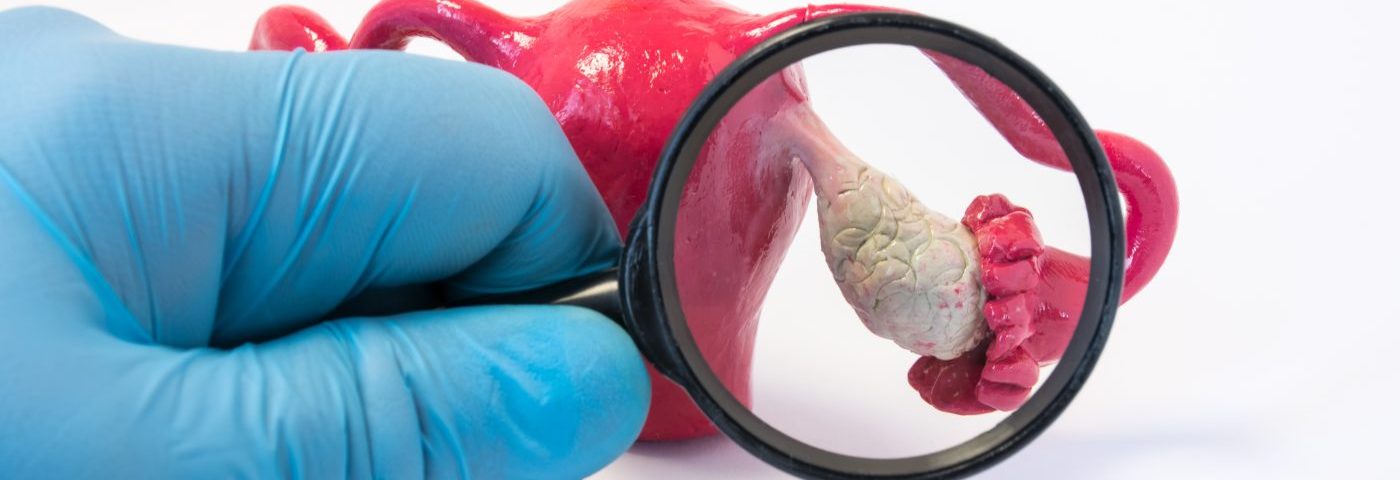Endometriosis that affects the ovaries does not alter their ability to produce egg cells necessary for fertility, according to a study in women with endometriomas undergoing in vitro fertilization (IVF), a study published in the European Journal of Obstetrics & Gynecology and Reproductive Biology reports.
Ovarian endometrioma, or endometrial cysts in the ovaries, is a type of endometriosis that can affect as many as 44 percent of all patients. It can damage what is known as the ovarian reserve (egg-cell producing capacity of the ovaries, or follicle count) and affect fertility.
But whether endometriomas can actually alter ovarian responsiveness and induce damage to immature follicles is unclear. Some studies show they cause modifications to ovarian tissue modifications, and can potentially contribute to injury to the ovaries. It has been proposed that signaling molecules released by cells in these cysts can spread within an ovary and alter its activity.
Clinical data fail to demonstrate meaningful ovarian impairment in affected gonads, or reproductive glands that produce egg cells. Women with unilateral endometriomas (one affected ovary) who underwent IVF did not show any significant difference in response to hormone stimulation than women without endometrial cysts.
In the study, “Is endometrioma-associated damage to ovarian reserve progressive? Insights from IVF cycles,” a research team in Italy hypothesized that time might contribute to the negative effects of endometriomas on ovary reserve.
The researchers decided to evaluate ovarian responsiveness over time in 29 women with unilateral cysts who underwent at least two IVF treatments, each six or more months apart.
They observed that at the first IVF cycle, the women produced a median of 4.9 egg cells and 5.9 cells in their affected and healthy ovaries, respectively.
The second IVF round again showed no significant differences in ovarian responsiveness, with a median of 5.0 eggs developing in the affected ovary and 6.0 in the healthy ovary.
Additional analysis, taking in consideration the duration of the time between the two treatment rounds and evaluations, the size of the endometriomas, and the history of previous surgery for endometriosis, also failed to identify any clinical meaningful risk of time-related damage to the ovaries.
“We failed to observe an endometrioma-related reduction of ovarian responsiveness with time,” the researchers wrote. “However, evidence from larger series obtained in women carrying larger cysts and enrolled for longer periods of time are required for a definitive conclusion.”

